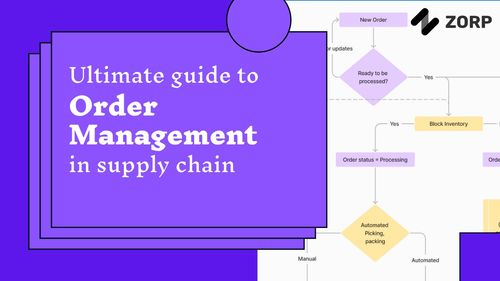Mobility as a Service (MaaS) is an innovative transportation model that focuses on providing a seamless and personalized mobility experience for users. By combining various transportation modes, such as public transit, ridesharing, and bike-sharing, MaaS aims to reduce the dependence on personal vehicle ownership and promote more sustainable transportation options.
In recent years, Electric Vehicles (EVs) have emerged as a crucial component in the transition towards cleaner and more efficient transportation systems. With their zero-emission capabilities and ever-improving battery technology, EVs are becoming increasingly popular among consumers and businesses alike.
The integration of EVs into MaaS offers numerous benefits, including environmental, economic, and operational advantages. Below are some of the key aspects that make EVs an ideal choice for MaaS systems.
One of the essential factors in successfully incorporating EVs into MaaS is the development of a robust charging infrastructure. Public and private stakeholders must collaborate to build a network of accessible and efficient charging stations that cater to various user needs. This includes fast-charging options for drivers in a hurry, as well as slower, more affordable options for those with more time.
The widespread adoption of EVs in MaaS systems will necessitate the implementation of smart grid technologies to manage electricity demand and optimize energy usage. This would allow MaaS providers to monitor and control energy consumption, ensuring the efficient use of resources and reducing peak load on the grid.
V2G systems enable EVs to communicate with the power grid and act as energy storage units. This allows EVs to supply energy back to the grid during peak demand or store energy during periods of low demand. Integrating V2G systems into MaaS platforms can help optimize energy usage, improve grid stability, and generate additional revenue streams for EV owners and MaaS providers.
As mentioned earlier, EVs produce zero tailpipe emissions, which means they contribute significantly less to air pollution than their internal combustion engine (ICE) counterparts. According to the US Environmental Protection Agency, EVs can reduce greenhouse gas emissions by up to 60% compared to traditional vehicles (source: EPA). Moreover, EVs operate more quietly, leading to a reduction in noise pollution, especially in urban areas.
EVs have fewer moving parts than ICE vehicles, which translates to lower maintenance costs. Furthermore, electricity is generally cheaper than gasoline, leading to significant cost savings in terms of fuel expenses. When integrated into MaaS systems, these savings can be passed on to users, making the service more attractive and competitive.
Dive into the latest insights on the Mobility as a Service (MaaS) market growth and future predictions. 🌐🚀 Explore the trends shaping the future of transportation. Read more
One of the primary concerns for EV users is range anxiety – the fear of running out of charge before reaching their destination. However, advancements in battery technology are continuously increasing the range of EVs, addressing this concern. For instance, the US Department of Energy states that the average EV range increased from 73 miles in 2011 to 125 miles in 2018 (source: DOE). As battery technology continues to improve, range anxiety will likely become less of an issue for MaaS users.
Although the operating costs of EVs are lower than ICE vehicles, their upfront costs can be significantly higher. Governments and MaaS providers can play a crucial role in addressing this issue by offering incentives, such as tax credits or subsidies, to encourage EV adoption. Additionally, innovative business models, like leasing and subscription services, can help lower the barriers to entry for consumers and fleet operators.
Explore the impact of Mobility as a Service (MaaS) on the environment!.
The future of mobility is undoubtedly intertwined with the widespread adoption of electric vehicles. As battery technology and charging infrastructure continue to improve, EVs will play an increasingly prominent role in MaaS systems, providing users with a more sustainable, cost-effective, and enjoyable transportation experience.
The integration of electric vehicles into Mobility as a Service platforms has the potential to transform urban transportation and pave the way for a cleaner, greener, and more efficient future. Companies like ZORP can help businesses harness the power of EVs and MaaS by providing innovative solutions to manage and gather insights about their field and factory teams, ensuring a smooth transition towards this new era of mobility.
Also, be sure to read "Top 10 Mobility as a Service Providers You Need to Know" on ZORP's blog. It's a quick and informative read that you won't want to skip.



